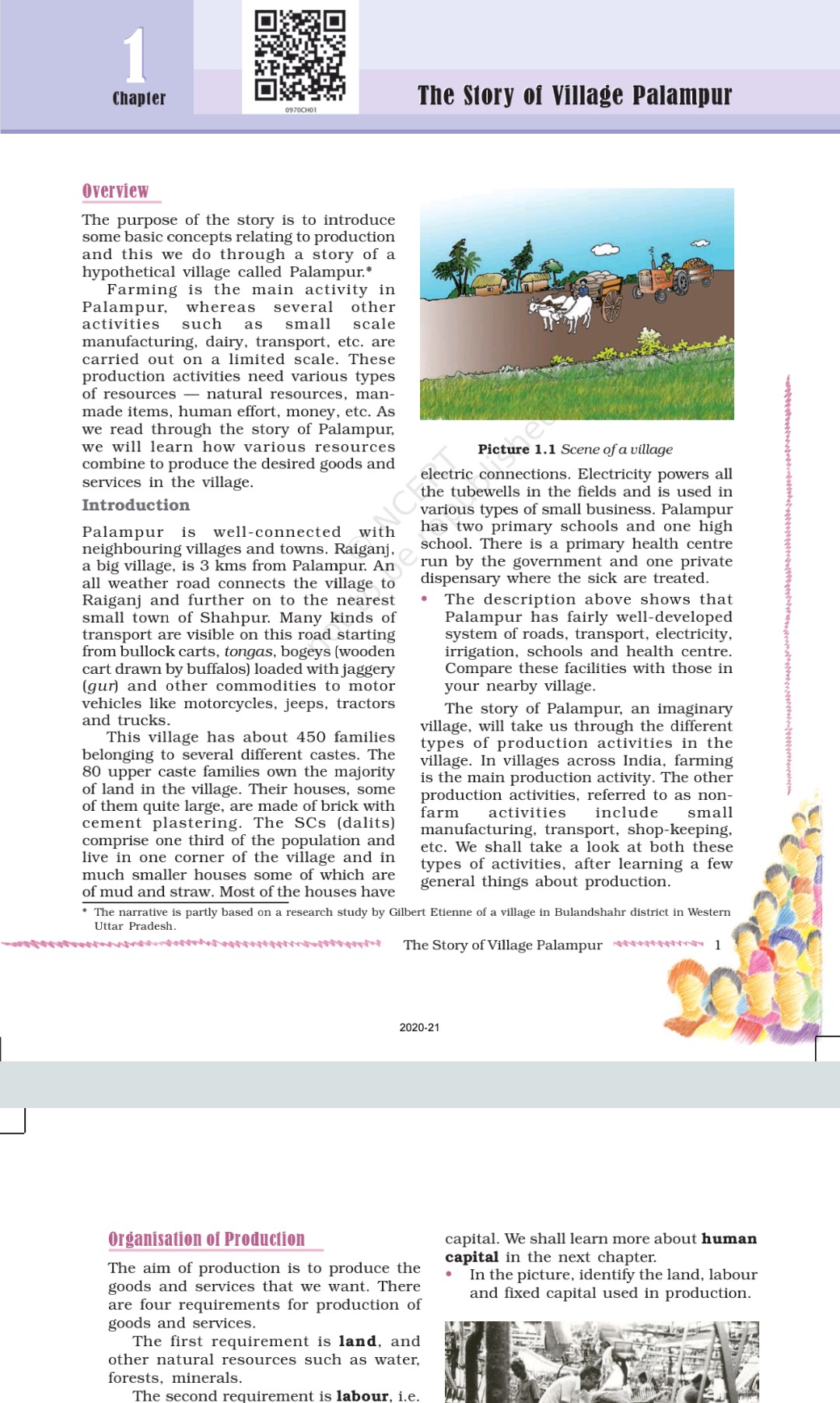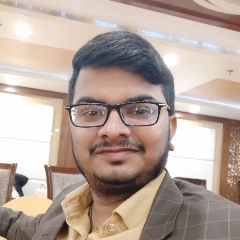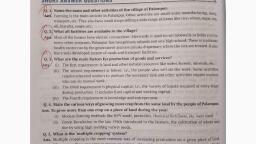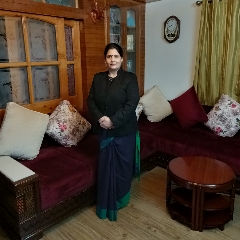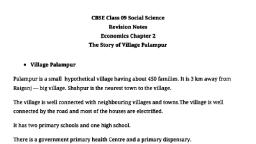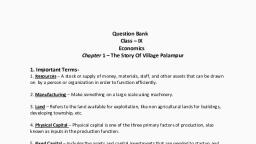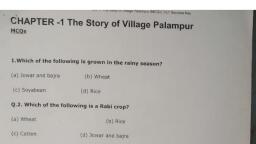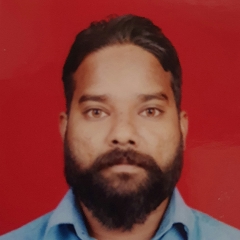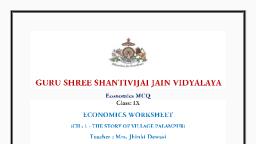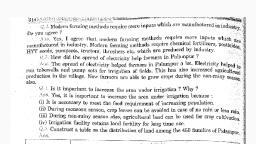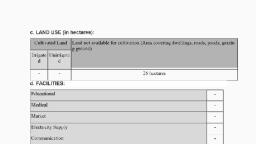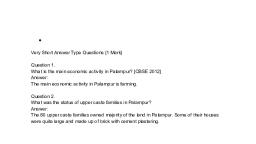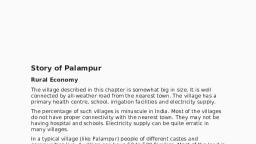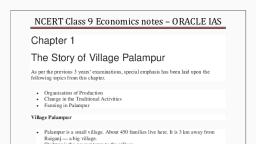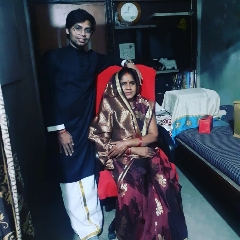Page 1 :
Chapter, , Overview, , The purpose of the story is to introduce, some basic concepts relating to production, and this we do through a story of a, hypothetical village called Palampur.*, , Farming is the main activity in, Palampur, whereas several other, activities such as_ small scale, manufacturing, dairy, transport, etc. are, carried out on a limited scale. These, production activities need various types, of resources — natural resources, manmade items, human effort, money, etc. As, we read through the story of Palampur,, we will learn how various resources, combine to produce the desired goods and, services in the village., , Introduction, , , , Palampur is well-connected with, neighbouring villages and towns. Raiganj,, a big village, is 3 kms from Palampur. An, all weather road connects the village to, Raiganj and further on to the nearest, small town of Shahpur. Many kinds of, transport are visible on this road starting, from bullock carts, tongas, bogeys (wooden, cart drawn by buffalos) loaded with jaggery, (gur) and other commodities to motor, vehicles like motorcycles, jeeps, tractors, and trucks., , This village has about 450 families, belonging to several different castes. The, 80 upper caste families own the majority, of land in the village. Their houses, some, of them quite large, are made of brick with, cement plastering. The SCs (dalits), comprise one third of the population and, live in one corner of the village and in, much smaller houses some of which are, of mud and straw. Most of the houses have, , * The narrative is partly based on a research study by Gilbert Etienne of a village in Bulandshahr district in Western, , Uttar Pradesh., , eee EAE SEEN TREE EETECT TTT T TTT, , Organisation of Production, , The Story of Village Palampur "*ersrssrere" 1, , 2020-21, , The aim of production is to produce the, goods and services that we want. There, are four requirements for production of, goods and services., , The first requirement is land, and, other natural resources such as water,, forests, minerals., , The second requirement is labour. i.e., , , , , , Picture 1.1 Scene of a village, , electric connections. Electricity powers all, the tubewells in the fields and is used in, various types of small business. Palampur, has two primary schools and one high, school. There is a primary health centre, run by the government and one private, dispensary where the sick are treated., , ° The description above shows that, Palampur has fairly well-developed, system of roads, transport, electricity,, irrigation, schools and health centre., Compare these facilities with those in, your nearby village., , The story of Palampur, an imaginary, village, will take us through the different, types of production activities in the, village. In villages across India, farming, is the main production activity. The other, production activities, referred to as nonfarm activities include small, manufacturing, transport, shop-keeping,, etc. We shall take a look at both these, types of activities, after learning a few, general things about production., , capital. We shall learn more about human, , capital in the next chapter., , * In the picture, identify the land, labour, and fixed capital used in production., , , , , , wneonenggaseooentenangngapuahggatensnnnbetenanngeganeenore
